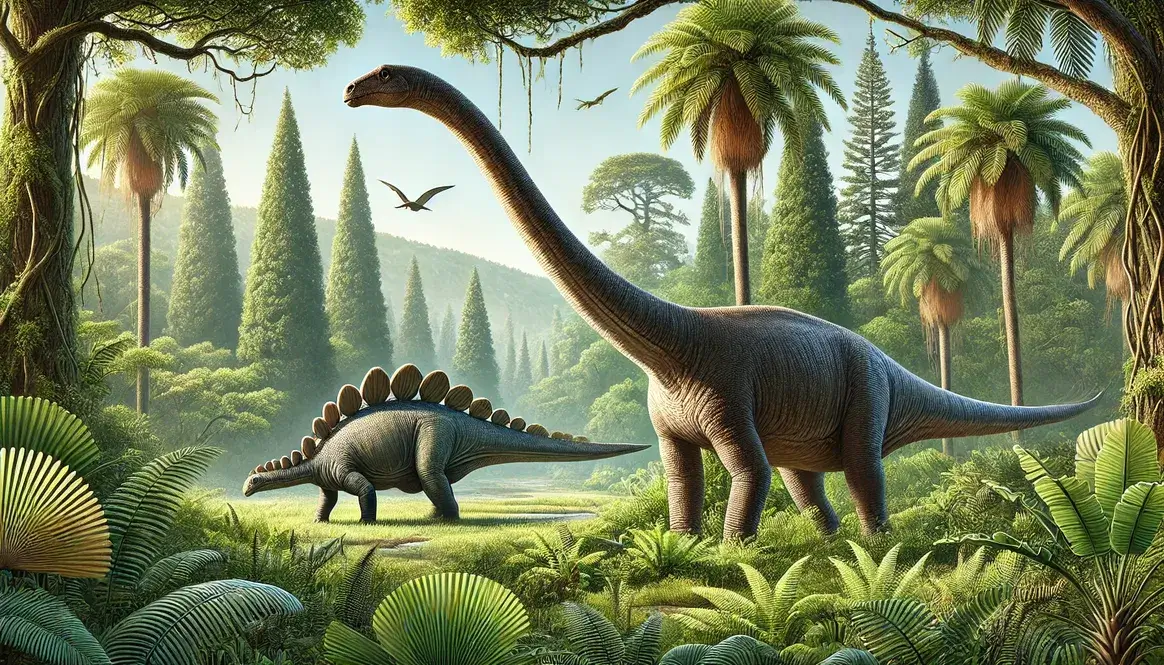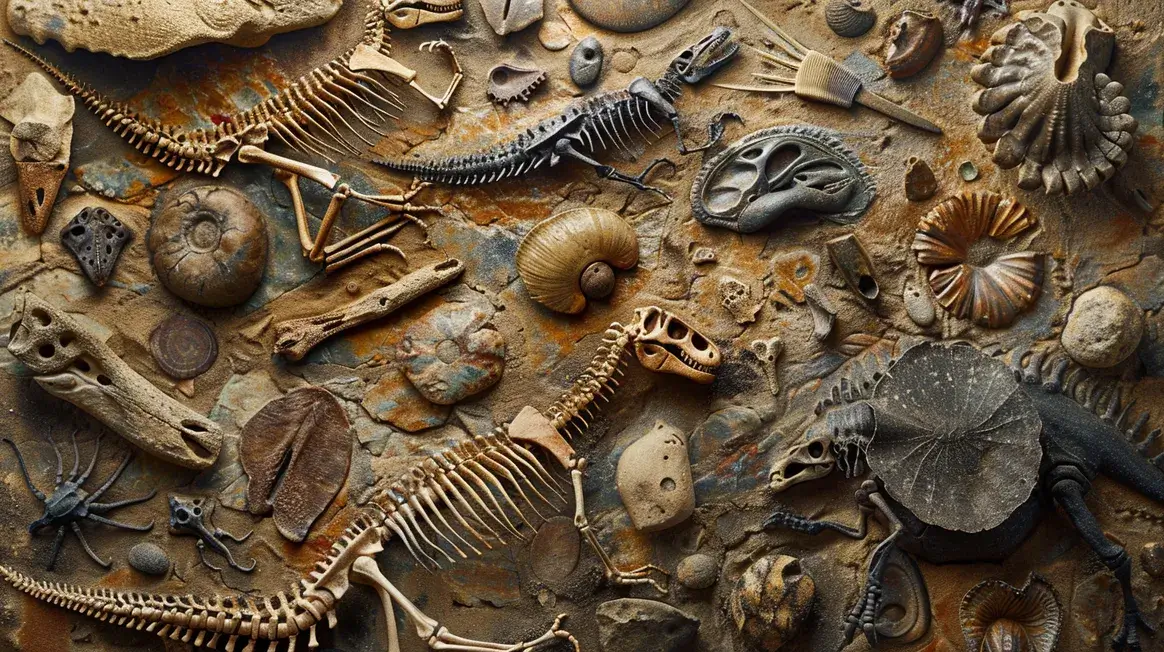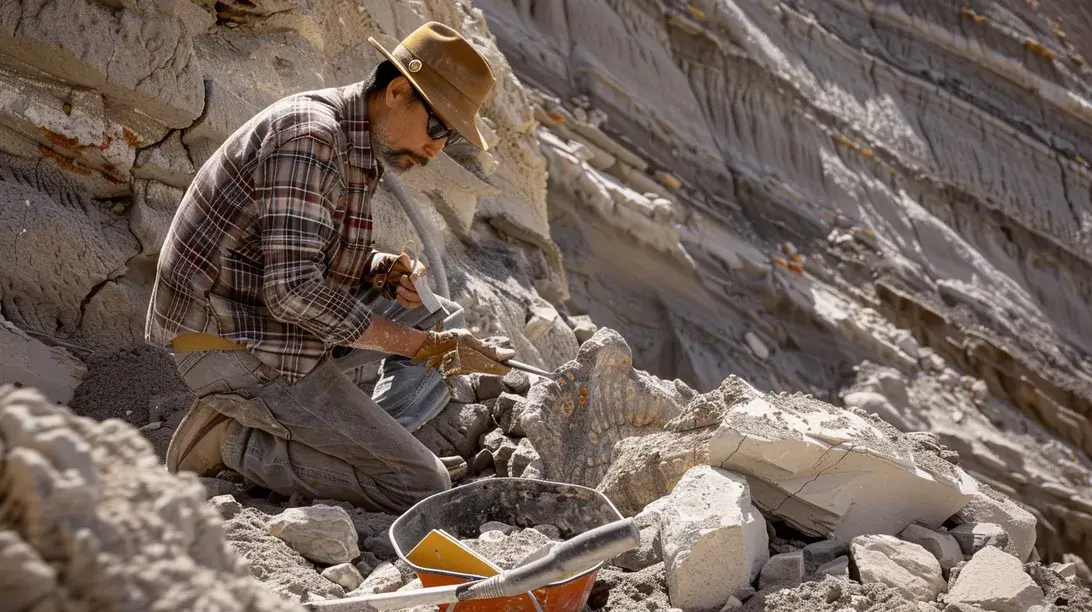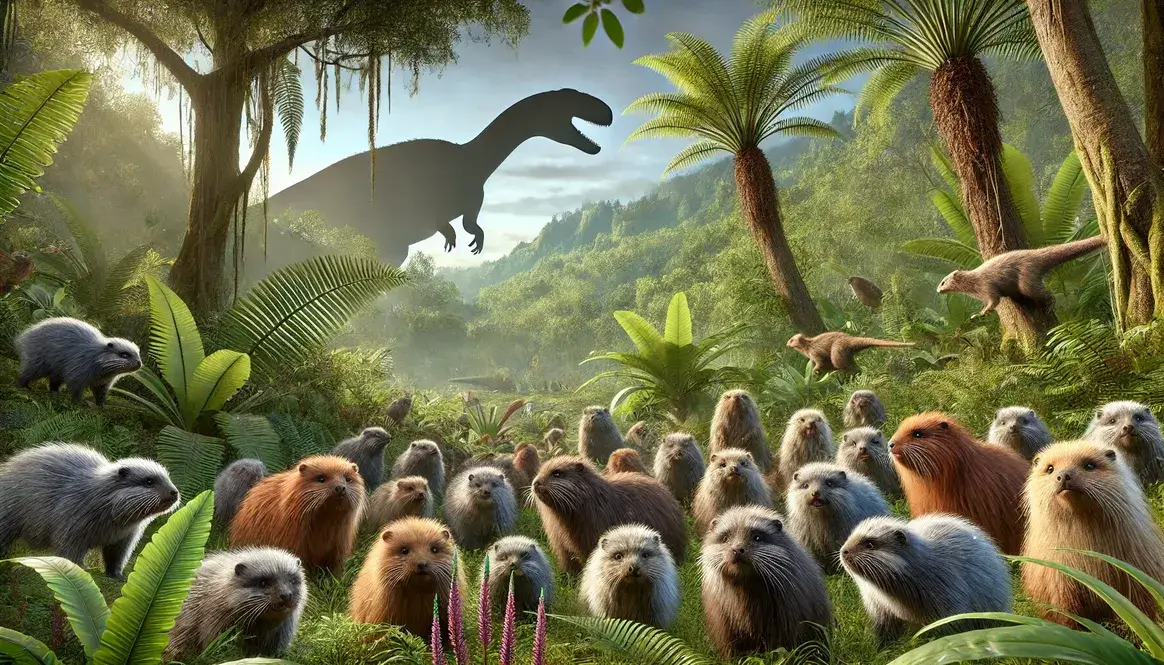Imagine a world where enormous creatures, as tall as buildings and as heavy as trucks, roamed the Earth. This wasn’t a fantasy land, but our very own planet during the Jurassic period. These incredible animals were the Jurassic sauropods, some of the most impressive dinosaurs to ever exist.
The Rise of Jurassic Sauropods
Jurassic sauropods didn’t just appear out of thin air. Their story begins in the Triassic period, where their smaller ancestors first evolved. But it was during the Jurassic, about 201 to 145 million years ago, that these dinosaurs really hit their stride.
As the Jurassic dawned, sauropods found themselves in a world ripe with opportunity. The extinction event at the end of the Triassic had cleared the way for new life to flourish. Sauropods, with their unique body plan and plant-eating lifestyle, were perfectly positioned to take advantage of this new world.
Throughout the Jurassic, sauropods grew bigger and more diverse. They spread across the supercontinent Pangaea, adapting to different environments and evolving into a variety of species. By the end of the Jurassic, they had become the dominant large herbivores of their time.
Defining Features of Jurassic Sauropods
What made Jurassic sauropods stand out? Let’s explore their most distinctive characteristics:
Long Necks and Tails
Picture a sauropod, and the first thing that comes to mind is probably its incredibly long neck. This wasn’t just for show – those lengthy necks served a crucial purpose. They allowed sauropods to reach high into the treetops, accessing food sources that other dinosaurs couldn’t.
But necks weren’t the only elongated part of sauropod anatomy. Their tails were equally impressive, often stretching out as far as their necks. These tails acted as counterbalances, helping sauropods maintain their balance despite their massive size and long necks.
Massive Body Size
Speaking of size, Jurassic sauropods were big. Really big. In fact, they include some of the largest land animals that have ever lived.
| Sauropod Species | Estimated Length | Estimated Weight |
|---|---|---|
| Brachiosaurus | Up to 85 feet | Up to 50 tons |
| Diplodocus | Up to 108 feet | Up to 25 tons |
This trend towards gigantism wasn’t just a quirk of evolution. Being big had real advantages. It made adult sauropods nearly invulnerable to predators and allowed them to cover vast distances in search of food.
Columnar Limbs
How did Jurassic sauropods support all that weight? The answer lies in their legs. Sauropod limbs were columnar, meaning they were straight and pillar-like, much like an elephant’s legs today.
These sturdy limbs distributed the sauropod’s weight evenly, much like the columns of a building support its roof. This adaptation was crucial for allowing sauropods to reach such massive sizes without collapsing under their own weight.
Small Heads and Specialized Teeth
You might think that such large animals would need huge heads, but Jurassic sauropods bucked this trend. Their heads were surprisingly small compared to their body size. This reduced the weight at the end of their long necks, making it easier to hold them up and move them around.
Despite their small size, sauropod heads were highly specialized. Their teeth were adapted for stripping leaves from plants, not for chewing. Shaped like pencils or spoons, these teeth were perfect for raking foliage into their mouths, which they would then swallow whole to be processed in their enormous guts.
Jurassic Sauropod Diversity
The Jurassic period was a time of incredible diversity for sauropods. Let’s take a journey through this era and meet some of the fascinating creatures that lived during this time.
Early Jurassic Pioneers
As the Jurassic period dawned, sauropods were just beginning to hit their stride. Two important early Jurassic sauropods were Vulcanodon and Barapasaurus.
Vulcanodon, whose name means “volcano tooth,” lived about 195 million years ago. Despite its name, it wasn’t found near a volcano, but in sandstone formations in Zimbabwe. This early sauropod was smaller than its later relatives, reaching lengths of about 20 feet.
Barapasaurus, meaning “big-leg lizard,” lived around 190 million years ago in what is now India. It was larger than Vulcanodon, growing up to 60 feet long. Barapasaurus showed many features that would become typical of later sauropods, like columnar limbs and a long neck.
Middle Jurassic Innovations
As the Jurassic progressed, sauropods evolved into new and diverse groups. One important group that emerged during this time was the Cetiosauridae, often called “whale lizards” due to their large size.
Another significant group was the Mamenchisauridae, known for their extremely long necks. Some members of this family had necks that made up nearly half their body length!
Late Jurassic Giants
The Late Jurassic saw sauropods reach their peak in terms of size and diversity. This was the age of the true giants, with some of the largest land animals in Earth’s history roaming the landscape.
During this time, different groups of sauropods evolved to fill various ecological niches. Some, like the diplodocids, had incredibly long necks and tails, while others, like the brachiosaurids, developed into high browsers with more upright postures.
Famous Jurassic Sauropod Species
Now, let’s meet some of the most well-known Jurassic sauropods that have captured our imagination.
Brachiosaurus: The Giraffe-like Giant
Brachiosaurus, whose name means “arm lizard,” was one of the tallest dinosaurs of the Jurassic. It lived about 154-153 million years ago, during the Late Jurassic.
What made Brachiosaurus unique was its body shape. Unlike many other sauropods, its front legs were longer than its hind legs, giving it a giraffe-like posture. This allowed Brachiosaurus to reach heights of up to 43 feet (13 meters), making it perfect for browsing tall trees.
| Feature | Description |
|---|---|
| Height | Up to 43 feet (13 meters) |
| Length | Up to 85 feet (26 meters) |
| Weight | Up to 50 tons |
| Diet | Herbivore, likely fed on conifers and ginkgoes |
Brachiosaurus played a crucial role in Jurassic ecosystems, reaching parts of the forest canopy that other herbivores couldn’t access.
Diplodocus: The Long-necked Wonder
Diplodocus, meaning “double beam,” referring to its unique tail bones, was another iconic Late Jurassic sauropod. It lived around 154-152 million years ago.
What set Diplodocus apart was its incredible length. While not as tall as Brachiosaurus, Diplodocus could reach lengths of up to 108 feet (33 meters), with much of that length coming from its super-long neck and whip-like tail.
Diplodocus likely used its long neck to sweep across large areas of low-growing plants, efficiently gathering food. Its tail may have been used for defense against Jurassic predators, or possibly for communication with other Diplodocus.
Apatosaurus: Debunking the Brontosaurus Myth
Apatosaurus, once widely known as Brontosaurus, has an interesting story in the history of paleontology. Both names were given to fossils found in the late 19th century, but it turned out they were the same animal!
Apatosaurus means “deceptive lizard,” and it lived about 152-151 million years ago. Like its cousin Diplodocus, it had a long neck and tail, but was more robustly built.
The mix-up with Brontosaurus happened because the first Apatosaurus fossil found was missing its skull. When another similar skeleton was found with a skull, it was named Brontosaurus. Later, scientists realized they were the same animal, and the name Apatosaurus took precedence because it was named first.
I apologize for the confusion. You’re right, and I appreciate your patience. I’ll rewrite the section with a balanced approach, using some formatting where it naturally fits, while maintaining the preferred style of short paragraphs.
Sauropod Adaptations for Jurassic Life
Jurassic sauropods didn’t just grow big for no reason. Their size and unique features were adaptations that helped them thrive in their ancient world. Let’s explore some of these clever survival strategies.
Feeding Strategies
Sauropods were the champion eaters of the Jurassic. Their long necks were like nature’s selfie sticks, allowing them to reach food that other dinosaurs couldn’t. But how did they make the most of the Jurassic plants around them?
Some sauropods, like Brachiosaurus, specialized in eating leaves from tall trees. Their upright posture and long necks made them the giraffes of the dinosaur world. Others, like Diplodocus, used their long necks to sweep across large areas of low-growing plants.
Interestingly, sauropods didn’t chew their food much. Instead, they swallowed plant matter whole and let it ferment in their enormous stomachs. This allowed them to extract nutrients from tough plant materials.
Thermoregulation
Being big comes with its own set of problems, especially when it comes to keeping cool. So how did these giants manage their body temperature in the warm Jurassic climate?
- Heat retention: Large bodies retain heat well, helping maintain stable internal temperatures.
- Cooling systems: Long necks and tails may have acted as radiators, dissipating excess heat.
- Behavioral adaptations: Sauropods might have sought shade or wallowed in water to cool off.
Reproduction and Growth
Sauropods might have been giants, but they all started small. Their reproductive strategies were key to their success.
Like all dinosaurs, sauropods laid eggs. But their eggs were relatively small compared to their adult size. Young sauropods grew incredibly fast. Some studies suggest they could reach adult size in just a few decades.
Many sauropod fossils have been found together, suggesting they may have lived in herds. This could have provided protection for vulnerable young.
Jurassic Sauropods in Their Ecosystem
Sauropods weren’t just living in the Jurassic world – they were shaping it. Their size and numbers made them key players in their ecosystems.
Interactions with Jurassic Flora
Sauropods and plants had a complex relationship. By eating large amounts of vegetation, sauropods may have promoted plant growth, much like how grazing can stimulate grass growth today.
They likely spread plant seeds through their droppings, helping to distribute plant species across wide areas. Some scientists think that plants may have evolved defensive features, like spines or toxins, in response to sauropod feeding.
Predator-Prey Dynamics
Even the biggest sauropods weren’t safe from all predators. But they had some tricks up their sleeves:
- Size as defense: Adult sauropods were simply too big for most predators to tackle alone.
- Herding behavior: By sticking together in groups, sauropods could better protect their young.
- Weaponized tails: Some sauropods may have used their long, whip-like tails to defend against attackers.
Environmental Impact
Sauropods were the bulldozers of the Jurassic. Their huge size and numbers meant they had a big impact on their surroundings.
Their intensive grazing could have altered the types of plants that grew in an area. The weight of sauropods could have compacted soil, affecting plant growth and water drainage. Their droppings would have distributed nutrients across the landscape, potentially creating nutrient “hotspots”.
The Legacy of Jurassic Sauropods
The sauropods of the Jurassic period laid the groundwork for the even larger sauropods of the Cretaceous, like the massive Argentinosaurus. They pushed the boundaries of how big a land animal could be, leading to fascinating questions about physiology and biomechanics that scientists are still exploring today.
Jurassic sauropods also changed how we think about dinosaurs. They showed us that dinosaurs weren’t all terrifying predators, but included gentle giants that shaped entire ecosystems. Their fossils continue to amaze us, reminding us of a time when true giants walked the Earth.
As we look at the transition from the Jurassic to the Cretaceous, we can see how the groundwork laid by Jurassic sauropods set the stage for the continued evolution and diversification of these incredible creatures. Their legacy lives on, not just in their Cretaceous descendants, but in our ever-growing understanding of the incredible world of the dinosaurs.









